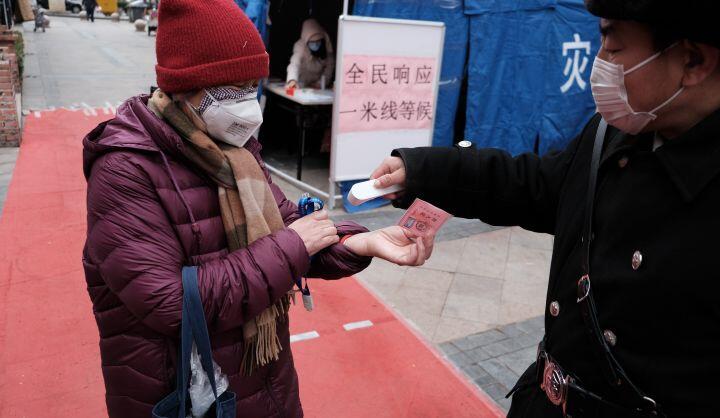- March 23, 2020
- Data Visualization
The essence of any successful epidemiological response can be summed up with three simple words: location, location, location. In 1854, the man now recognized as the “father of epidemiology,” John Snow, used maps to study the source and spread of cholera in London. His work was largely credited with ending the outbreak after he traced the source of the spread to the Broad Street Pump, and used chlorine to clean it out. Ever since, maps have been widely used across the globe as a leading tool in the fight against infectious diseases. John Snow, knowingly or not, was able to demonstrate the power of hyper-local data and the importance of visualizing that data through maps to make targeted interventions.
As mapping technology has advanced dramatically in recent years, epidemiologists and local government leaders have used maps to do more than just track the spread of disease; they have also used them to tell personalized stories, make connections between strangers, and bring the public into the fight with them. Maps have an innate ability to create a shared sense of connection and responsibility by using data visualizations to show how the actions we take individually affect us all collectively – a critical element in our current fight against the COVID-19 outbreak.
Organizations such as the World Health Organization (WHO) and Johns Hopkins University have created global coronavirus case trackers to keep the world informed. See their work below. As new innovations in mapping arise as a result of this outbreak, we at Data-Smart City Solutions are looking to highlight these stories so that other government leaders can learn and implement best practices. If you are currently involved in using maps to combat the spread of coronavirus in your city, or you know of an innovative project taking place right now in a city anywhere in the world, please share your stories with us.
Johns Hopkins University map
World Health Organization map




